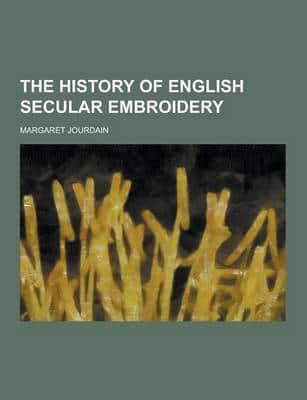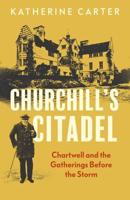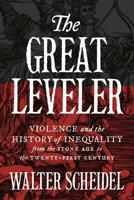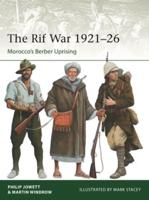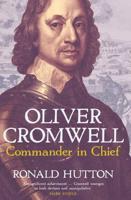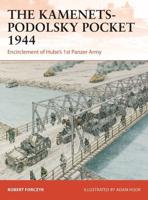Publisher's Synopsis
This historic book may have numerous typos and missing text. Purchasers can usually download a free scanned copy of the original book (without typos) from the publisher. Not indexed. Not illustrated. 1912 edition. Excerpt: ... TUDOR PERIOD Influx of French embroiderers.--Gold embroidery of the Tudor period.--Metal embroideries and passements imported from Florence {temp. Hen. VIII). -- Spanish Work or "Black Work."--Embroidery of linen and lawn.--Turkey work.-- Cessation of ecclesiastical embroidery towards the middle of the sixteenth century.--Petit-point.--Increased richness of upholstered furniture in the reign of Elizabeth.--Tendencies of Elizabethan embroidery.--Inventories of Mary Queen of Scots.--Inventory of the effects of Henry Howard, Earl of Northampton.--Emblematic meaning of certain devices found in embroidery.--Embroidered books.--Embroidered gloves. --Bed cushions belonging to Lord Fitzhardinge.--Relics of Queen Elizabeth at Ashridge.--Elizabethan needlework picture at the Maidstone Museum.--Hardwick Hall.--The incorporation of the Broderers' Company. [HE sixteenth century shows a great advance in the use and richness of embroidery, perhaps from an influx of French embroiderers,1 perhaps from the improvement in needlemaking in Queen Elizabeth's reign. Fine steel needles were made in England in Elizabeth's reign. They seem to have been a 1 Many French embroiderers, to whom letters of denization were given, were employed both in the trade and in the households of the King and the nobility (" Letters of Denization and Acts of Naturalization for Aliens in England, 1509-1603 "). Spanish invention. There was some attempt to make them in Queen Mary's time, but it either proved abortive or the knowledge died with the workers. One would expect to hear that this manufacture revolutionized costume and needlework, but jt was not sufficiently developed perhaps to effect any change, or else our ancestors, who certainly showed a remarkable talent for turning...
